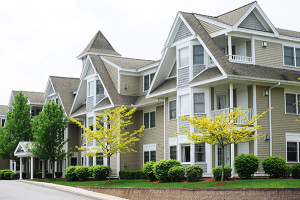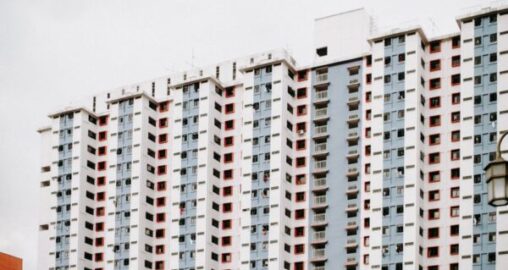Independent Living Faces Covid-19 Vulnerabilities As Less Needs-Based Product

April 12, 2020 | Chuck Sudo | Senior Housing News
Compared to assisted living and memory care, independent living and active adult communities can be harder to secure during the coronavirus pandemic. The better health, mobility and independent nature of their census can make social distancing a bigger ask, and the leaner staffing necessary to operate these communities means residents have less support in the form of caregiving and other services.
But those obstacles can be turned into advantages, as residents have more ability to take proactive steps to limit the risks of infection. Providers that rally residents to become active players in the pandemic response strategy have a leg up.
The fact that independent living and active adult communities offer a less needs-based product than other types of senior housing also raises questions and doubts about how occupancy will hold up during and after the Covid-19 crisis. This was the hardest hit part of the continuum during the Great Recession, as older adults were unable to sell their homes and make the move. Now, in addition to financial pressures due to stock market declines and housing market instability, there may be an added deterrent for consumers: fear of moving into a congregate housing environment, where infections can rapidly spread.











